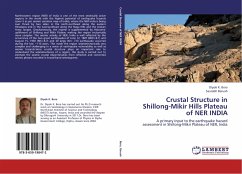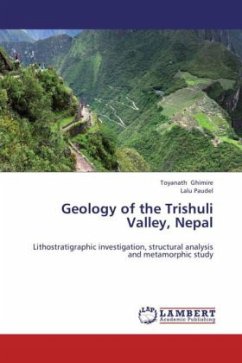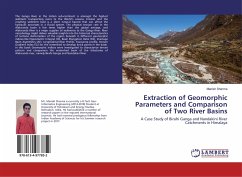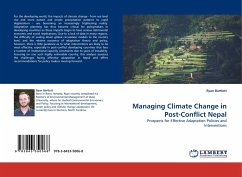First-order basin morphology has been relatively ignored in geomorphological researches, particularly in complicated geology areas. Therefore, this study was done with an aim to explore geomorphology of the first-order basins in the Siwalik Hills. Using multivariate morphological analysis, the study found that 11,200 first-order basins in the Siwalik Hills were represented by seven morphometric variables and eight basin types. The study demonstrated that a unit of first-order basin is suitable to detect morphological characteristics of geologically complex area. Leading morphometric variables of the basins demonstrated the influence of the neo-tectonics, geological structure (dipping), lithostratigraphy, and landslide process in the Siwalik Hills. Morphology of the Siwaliks is more variable than the resistant units of the Lesser Himalaya. This study contributed to the systematic study of the first-order basins, which can be applied elsewhere.








